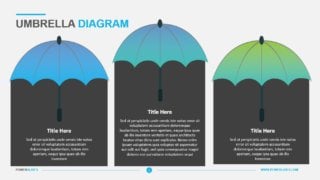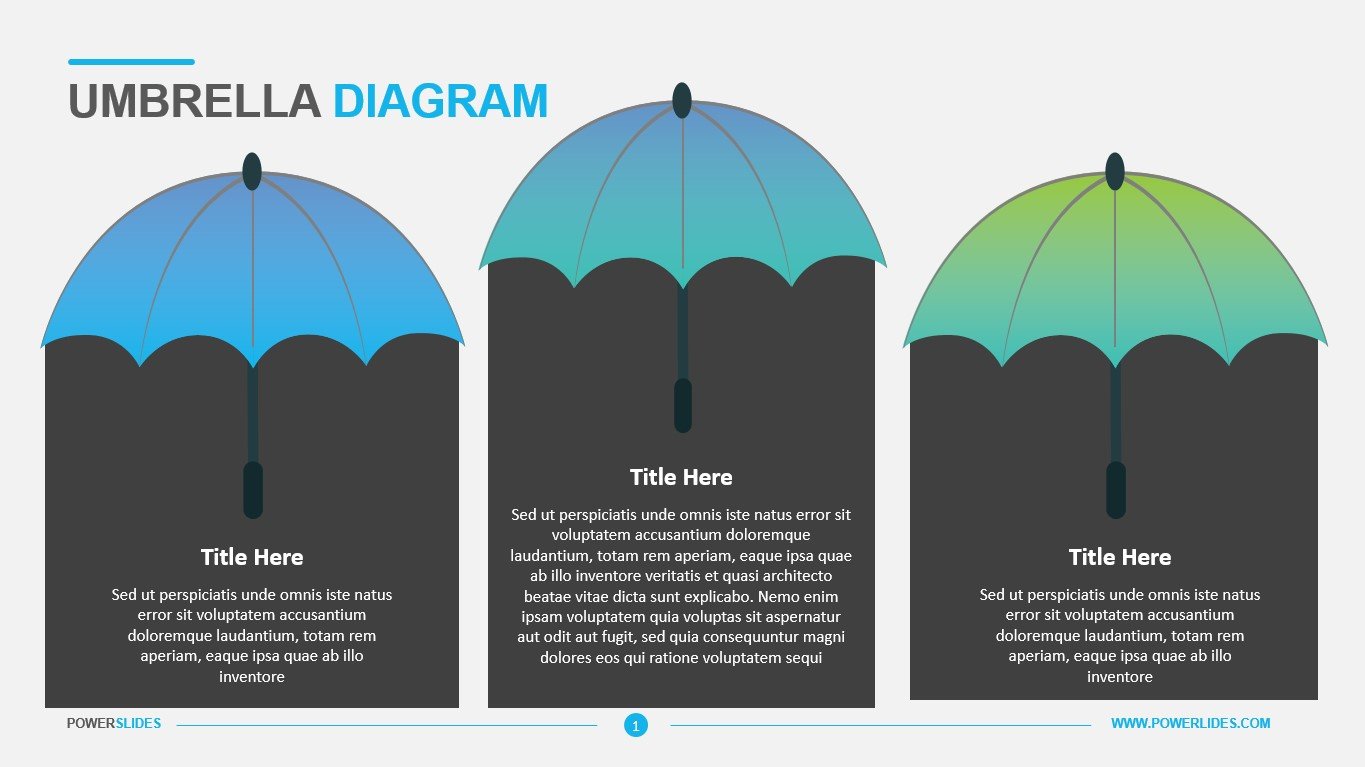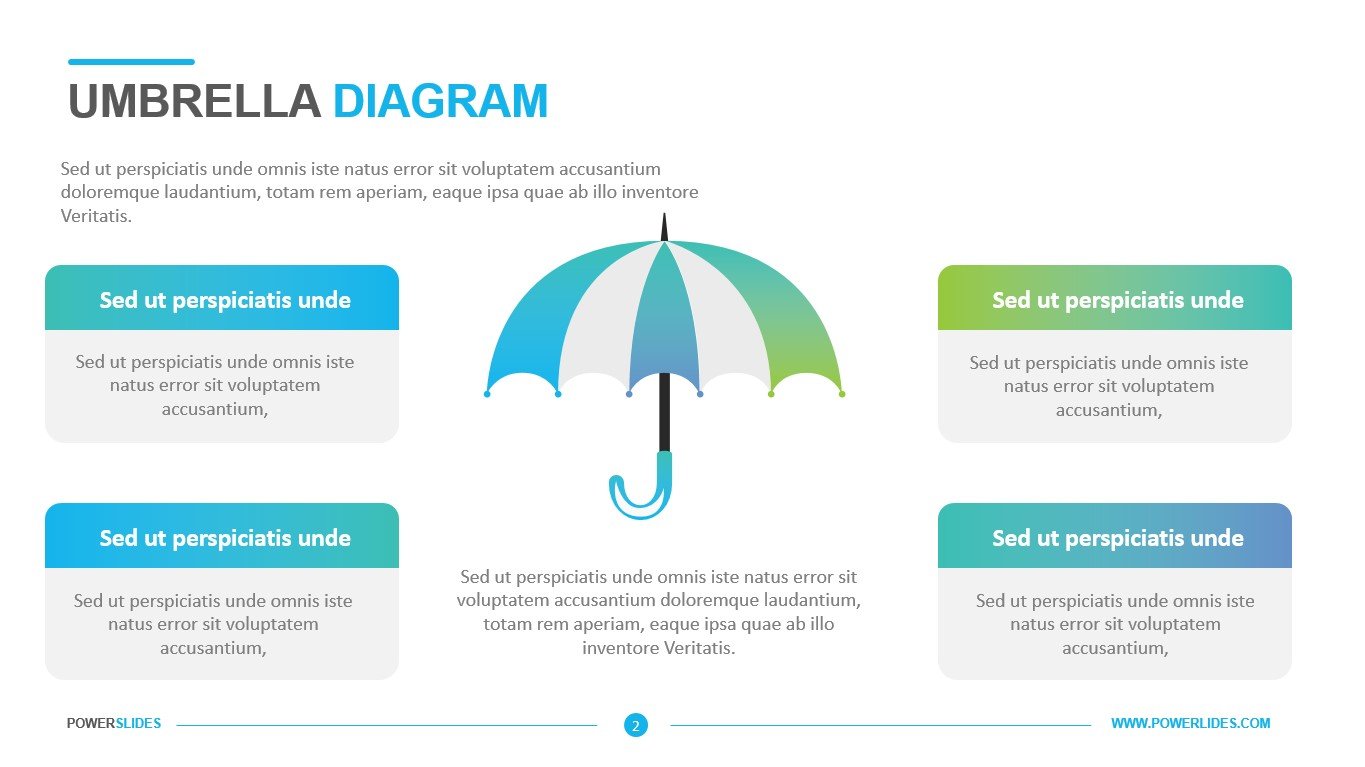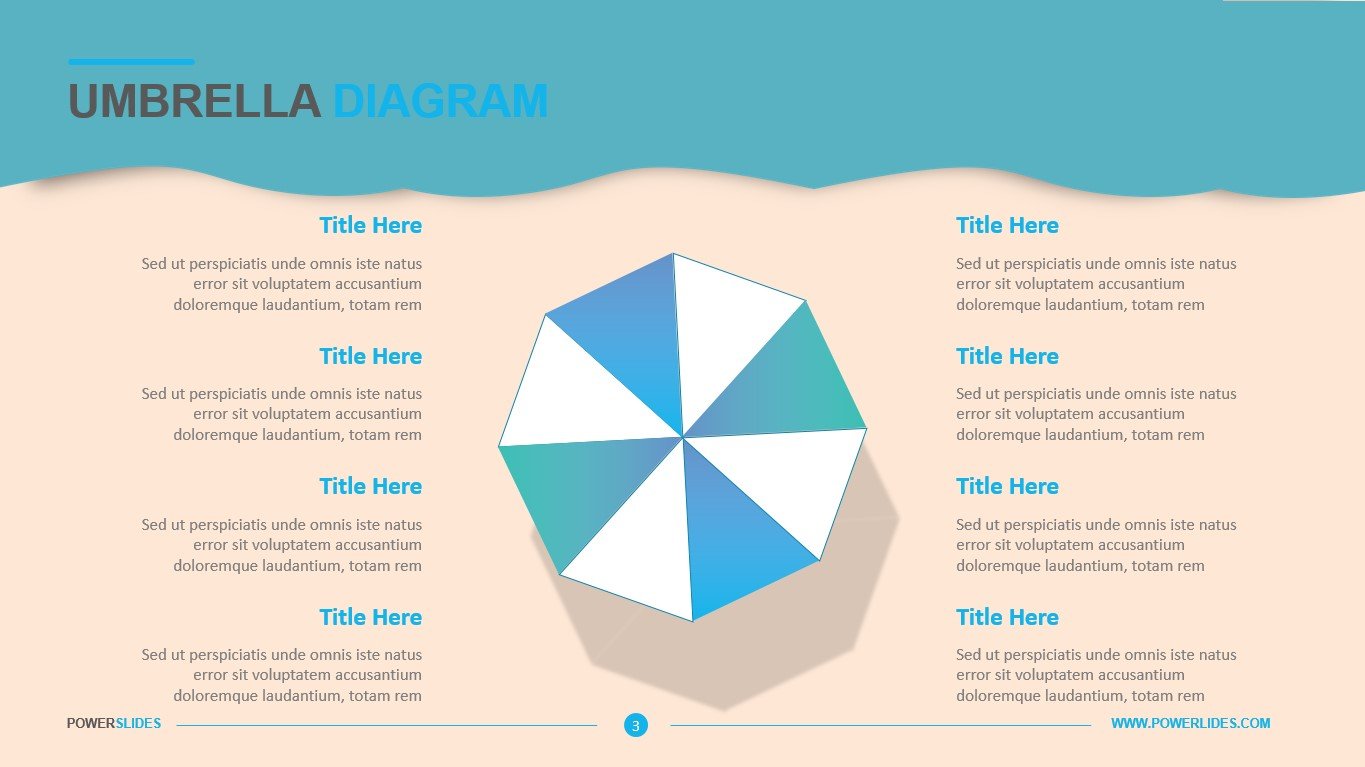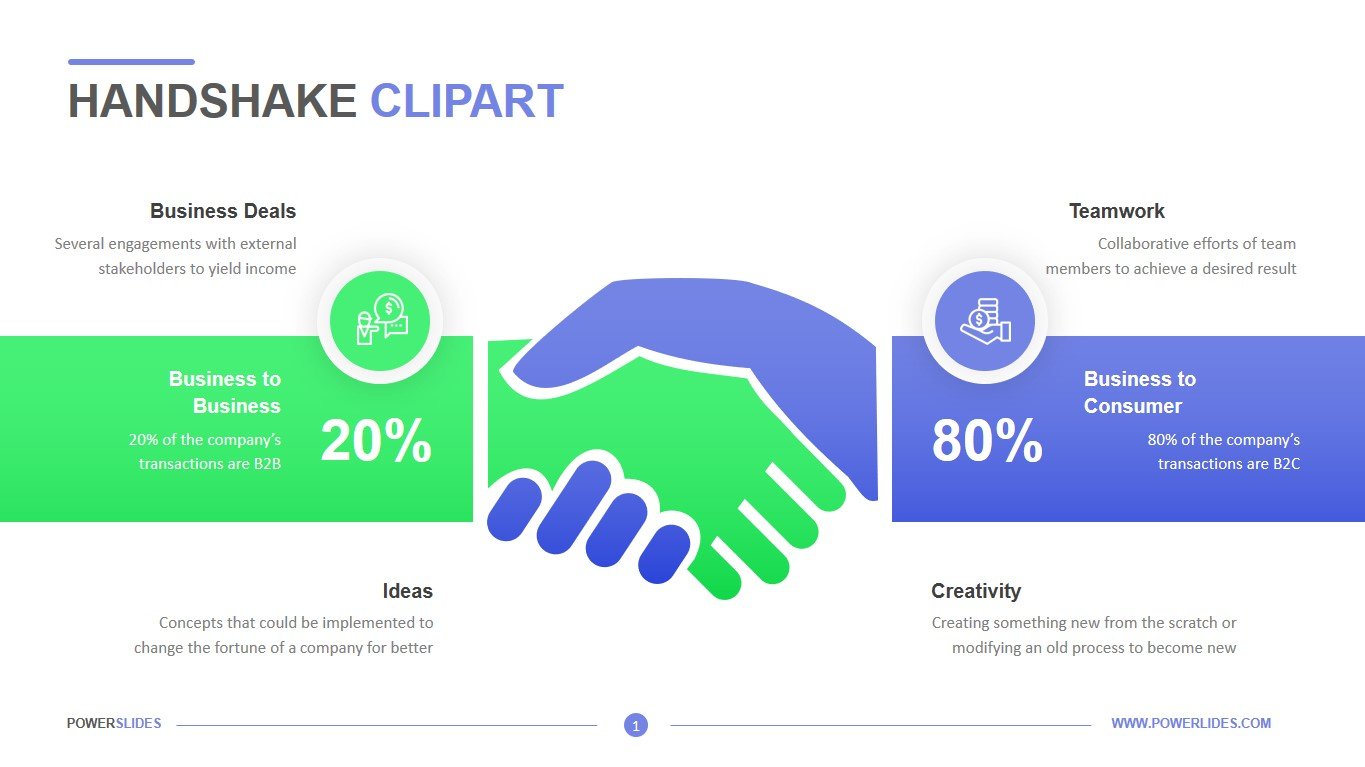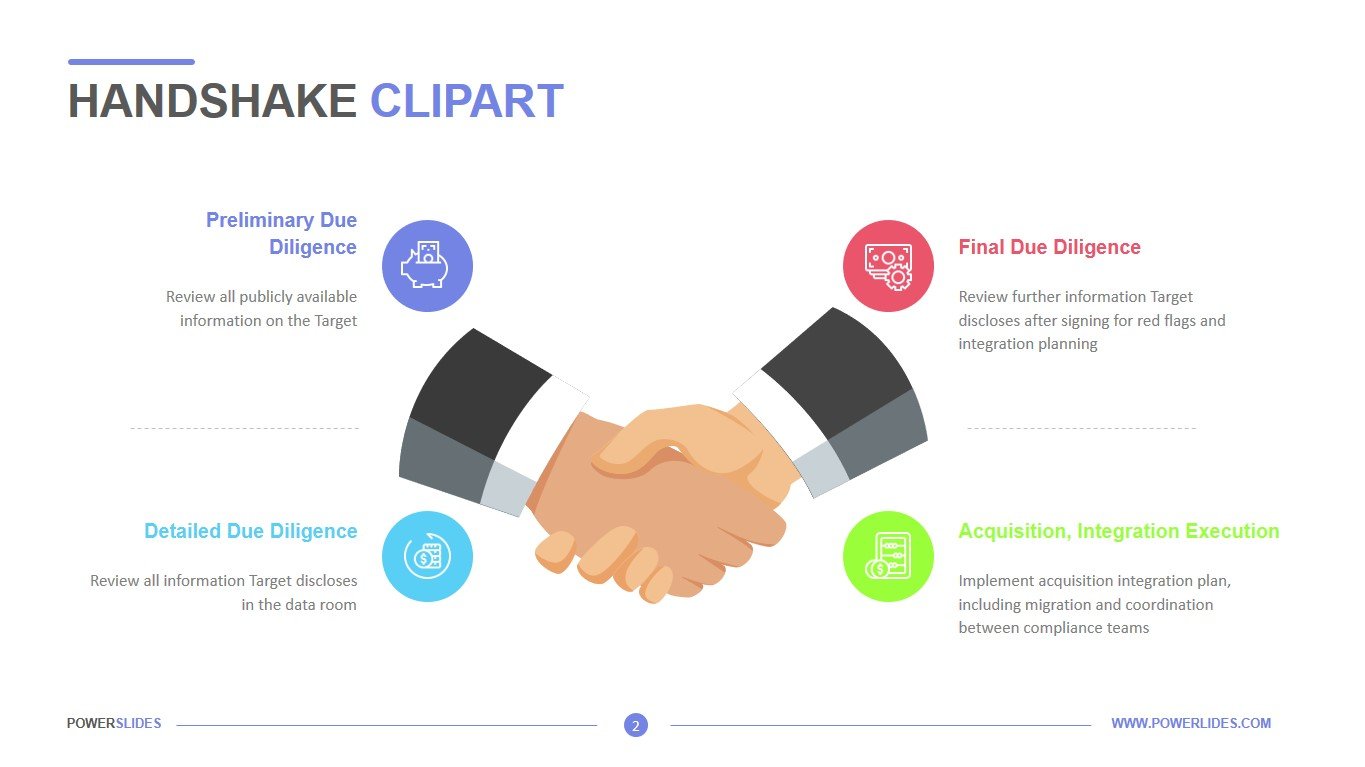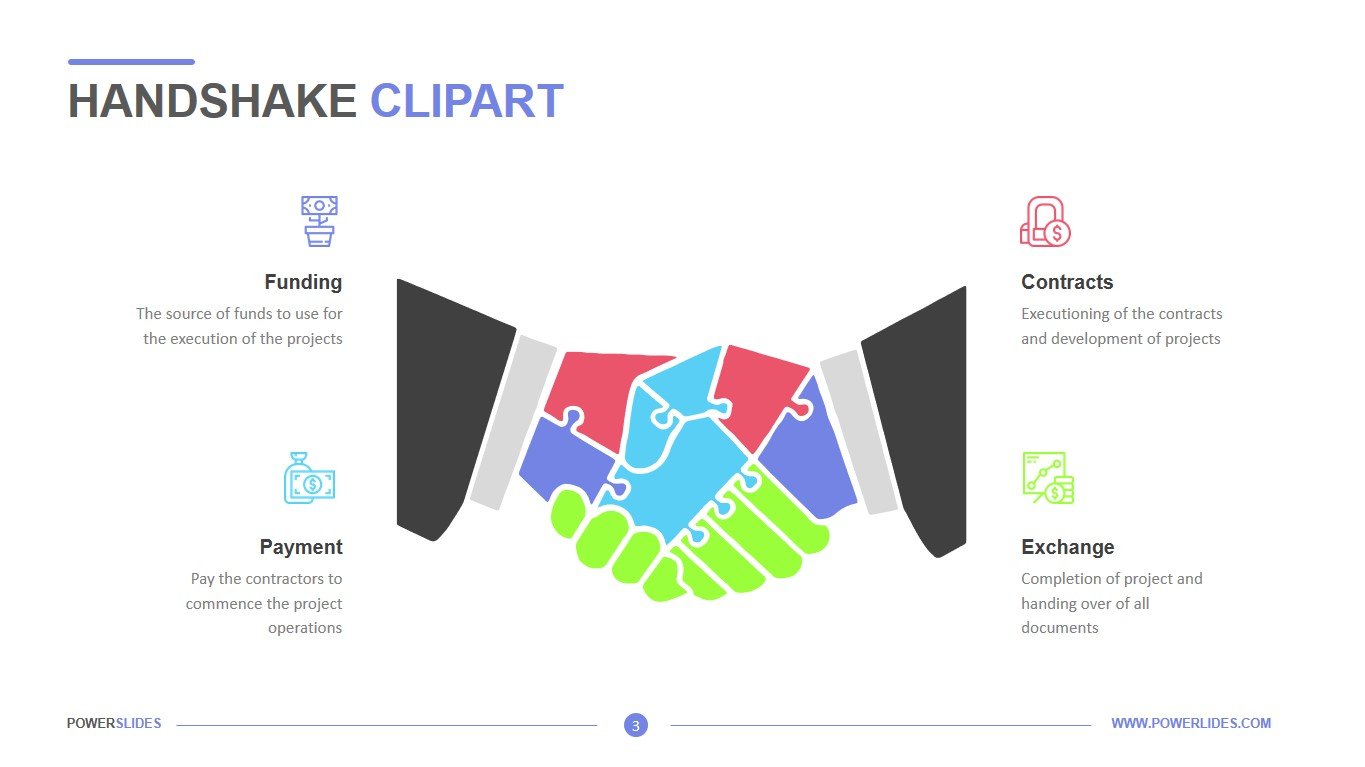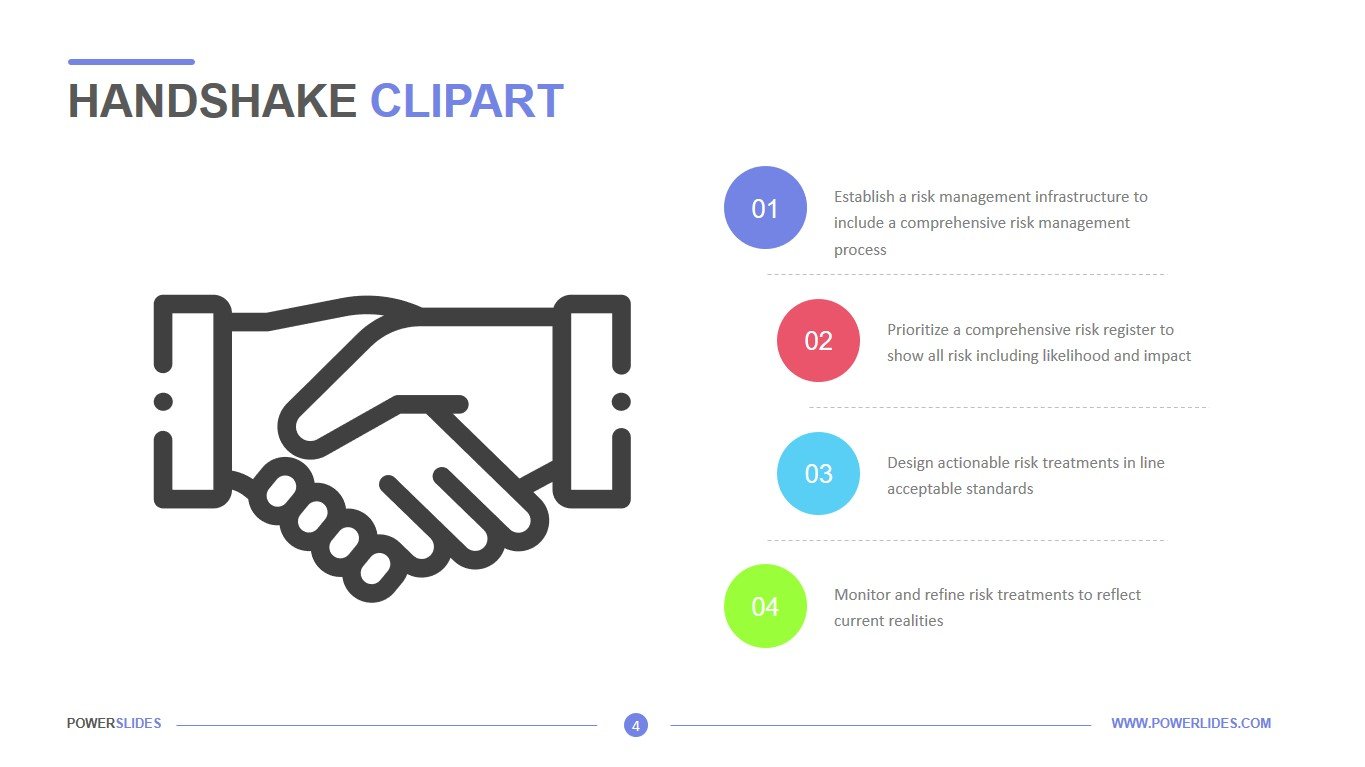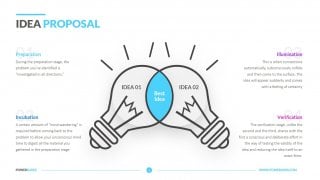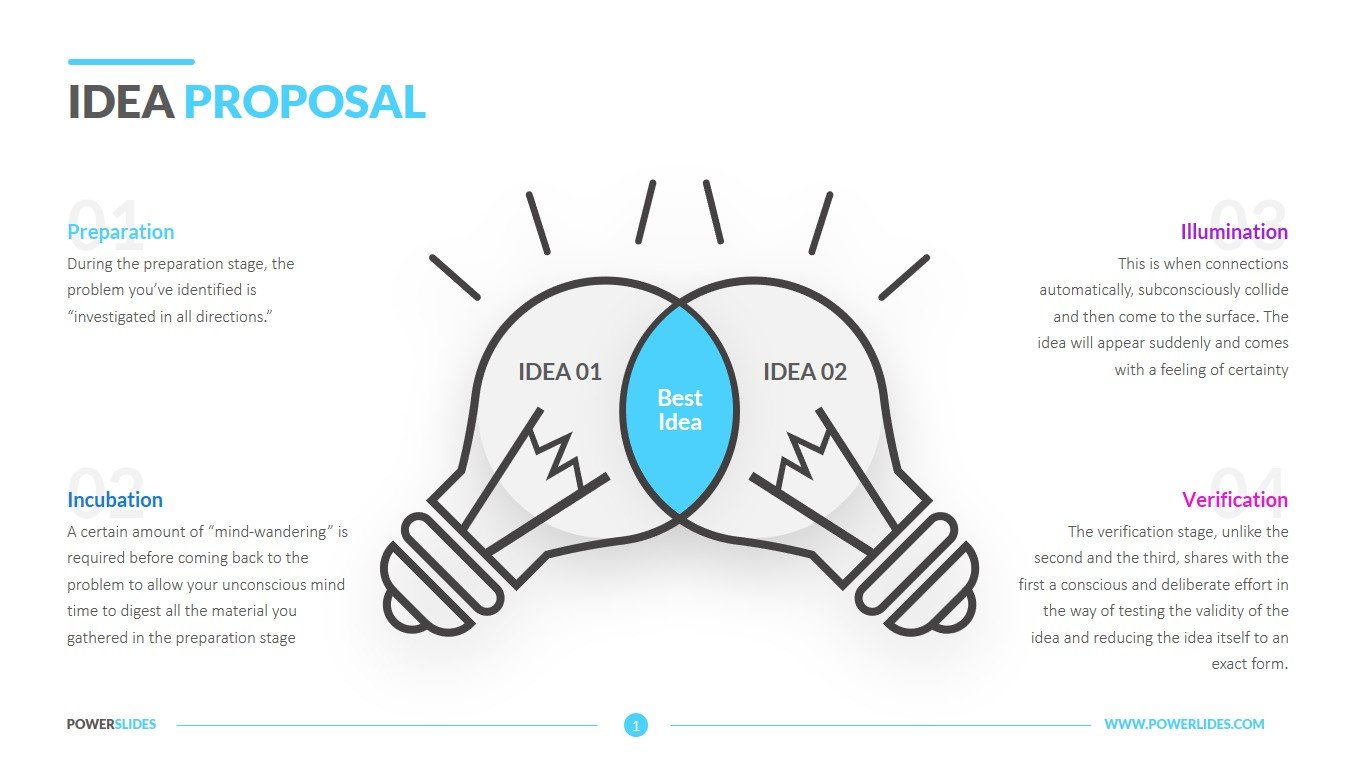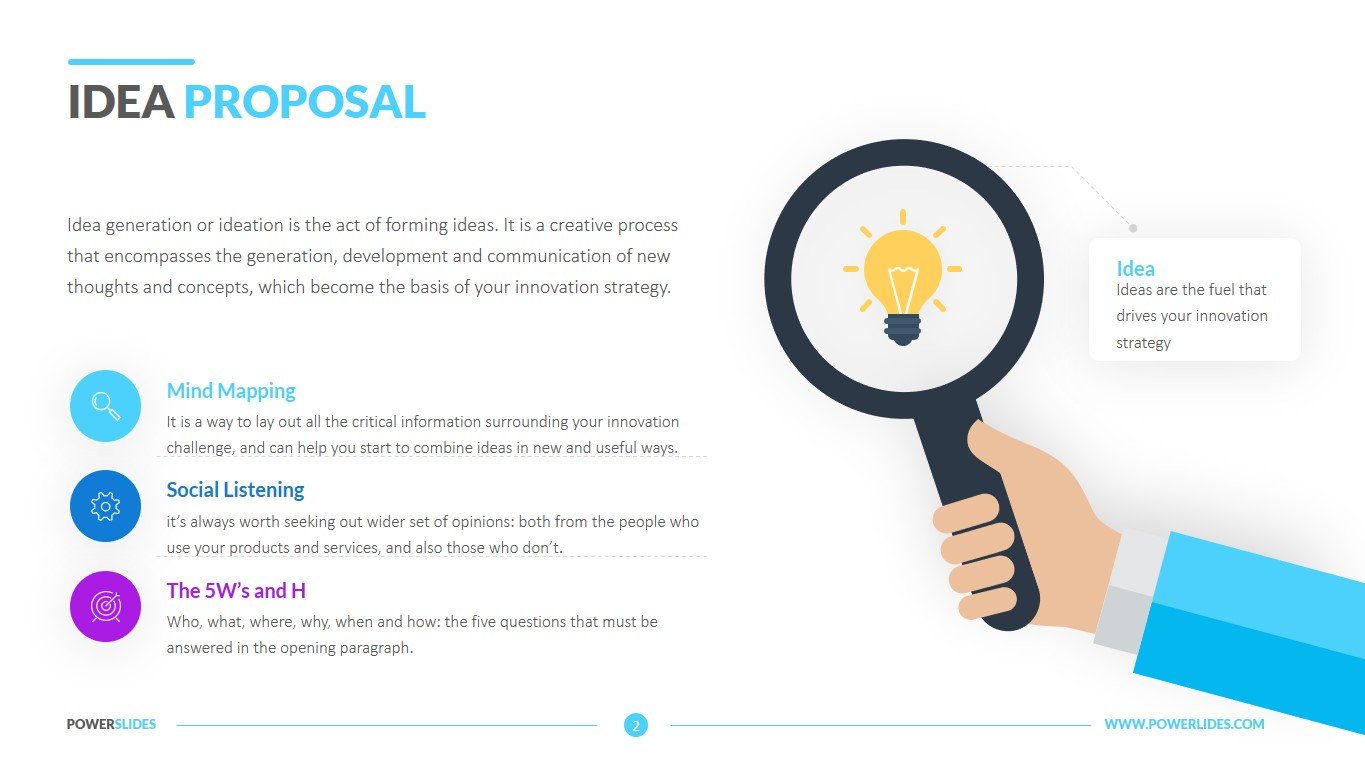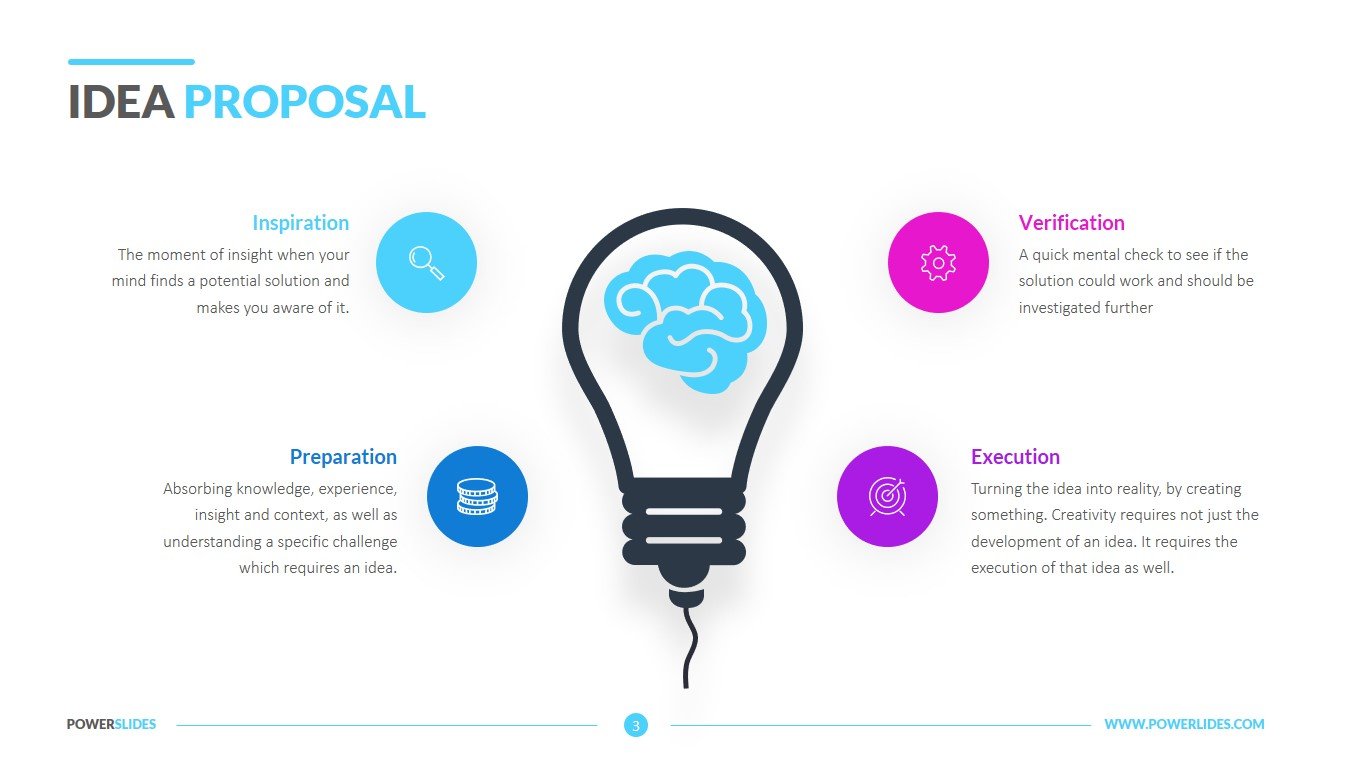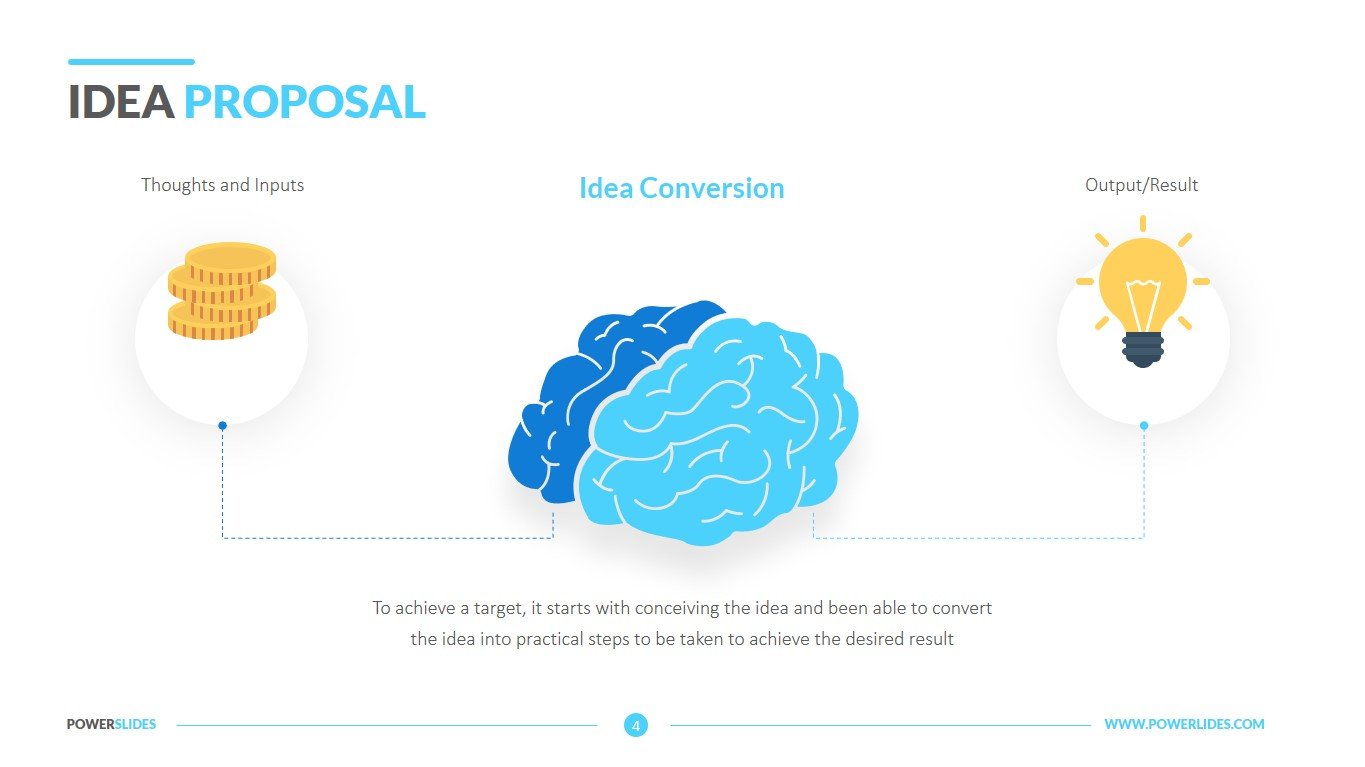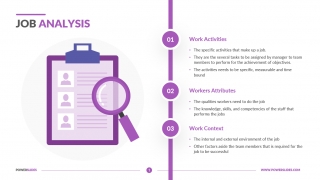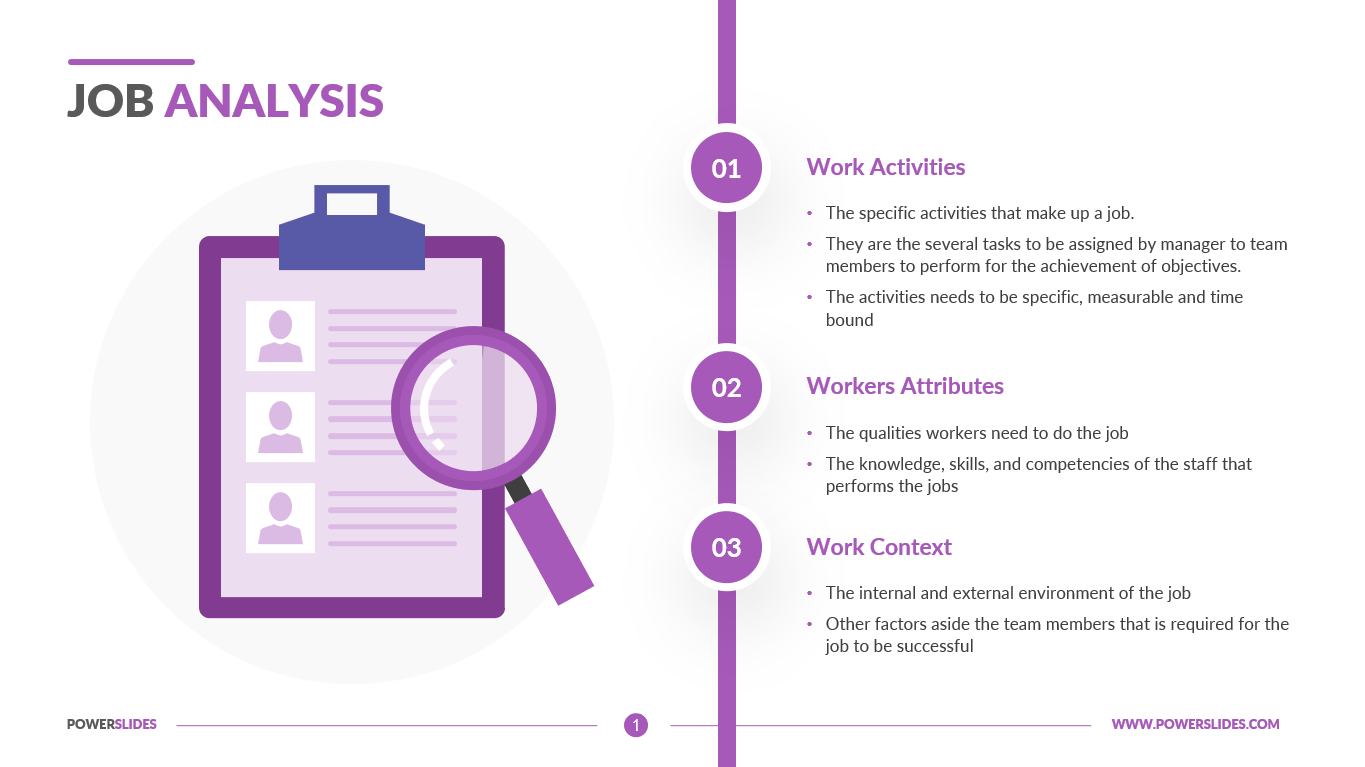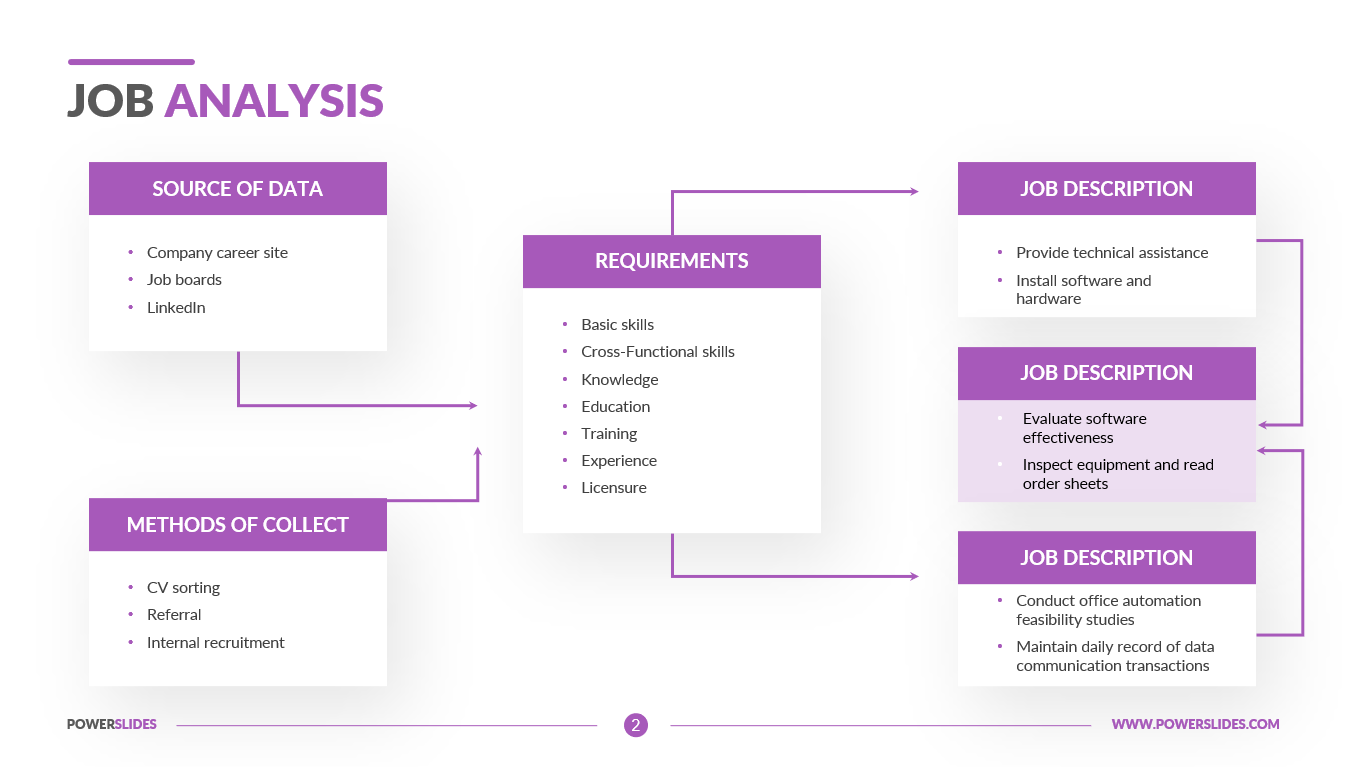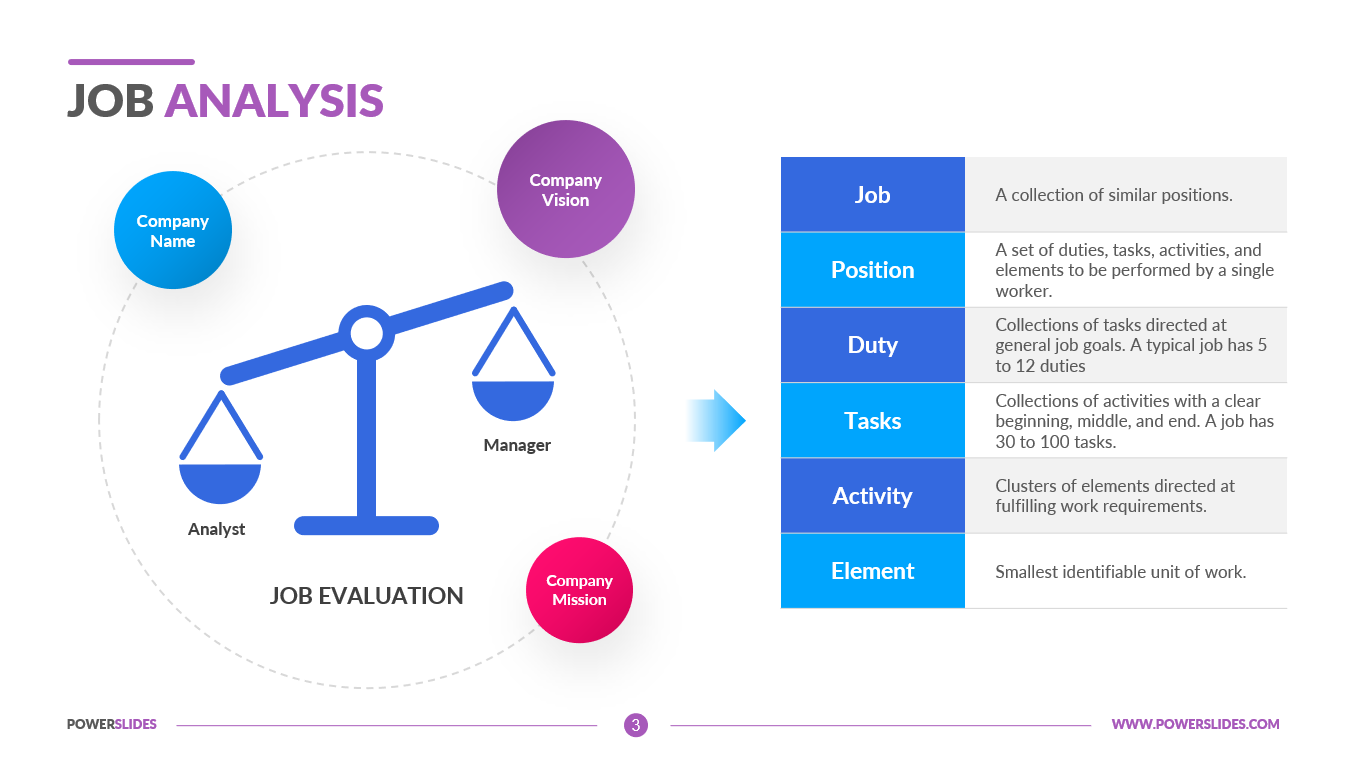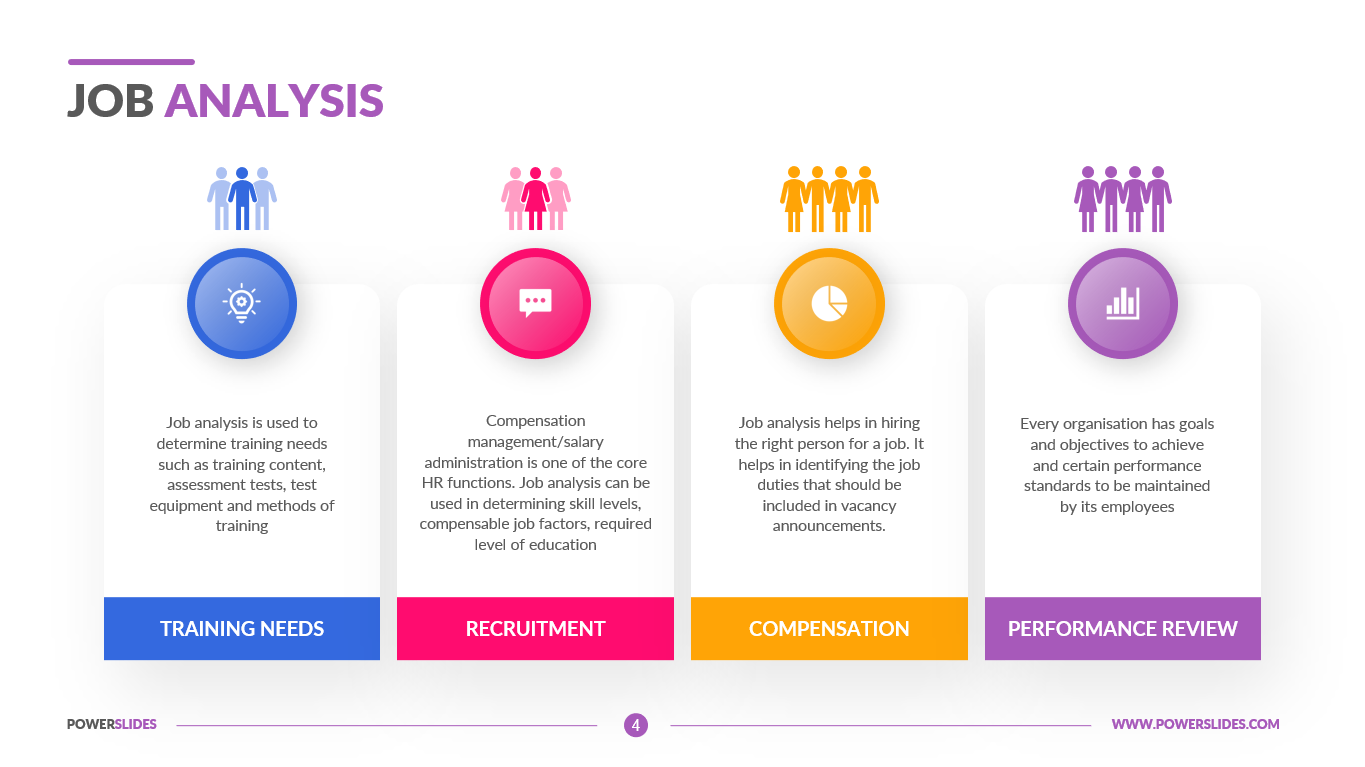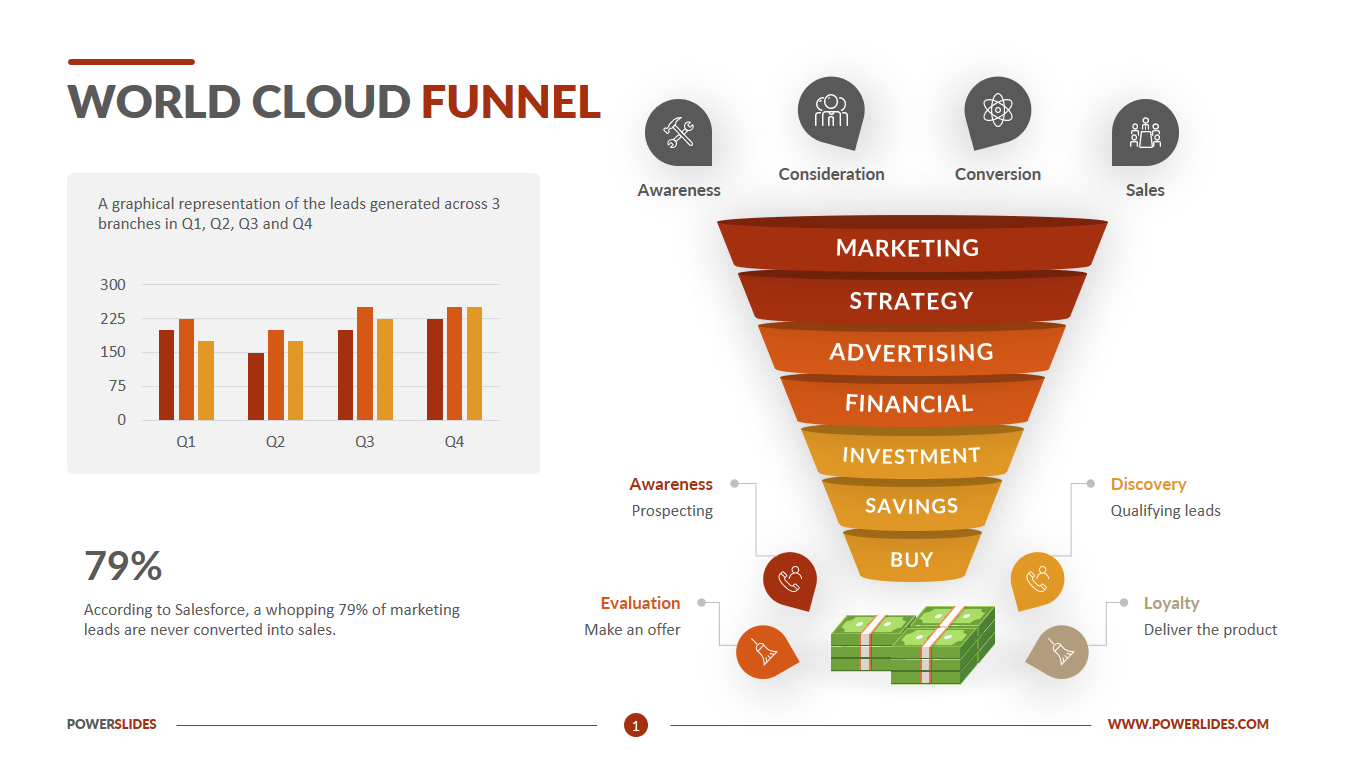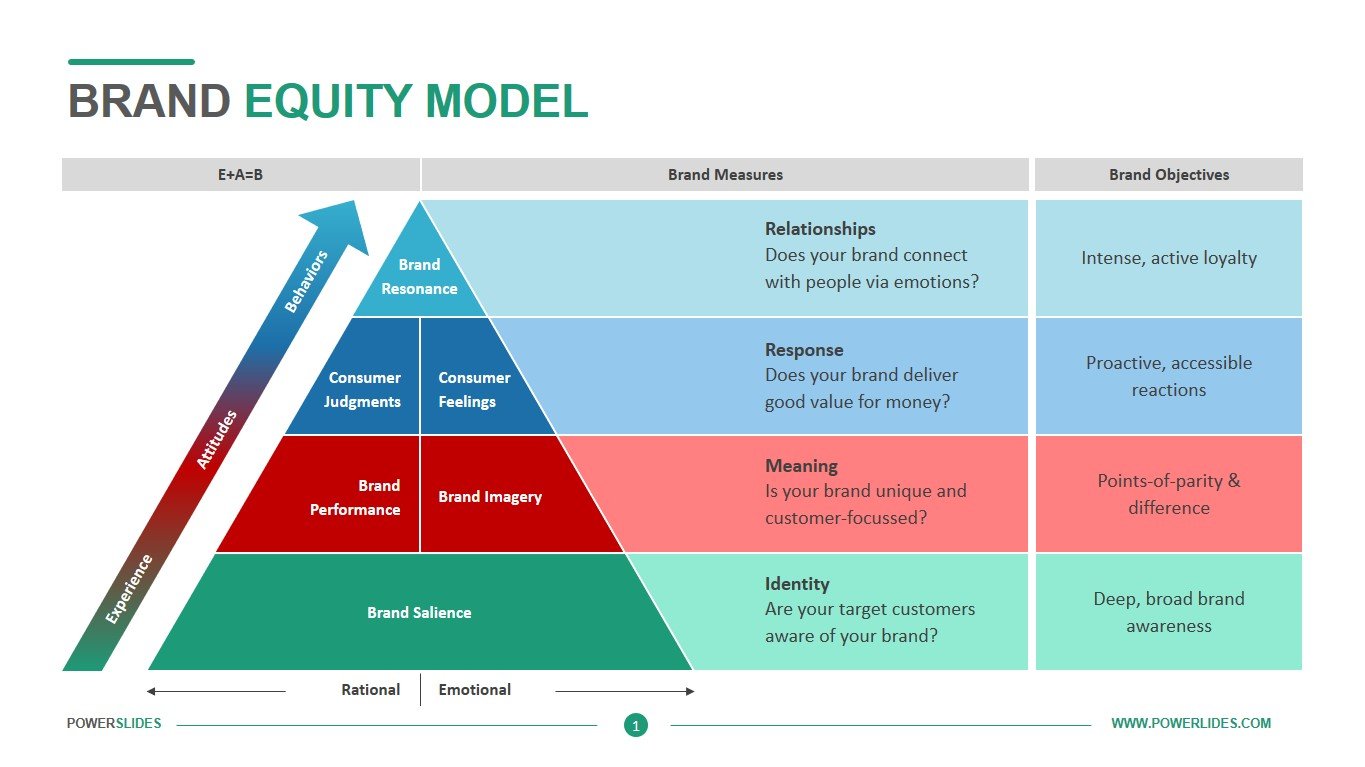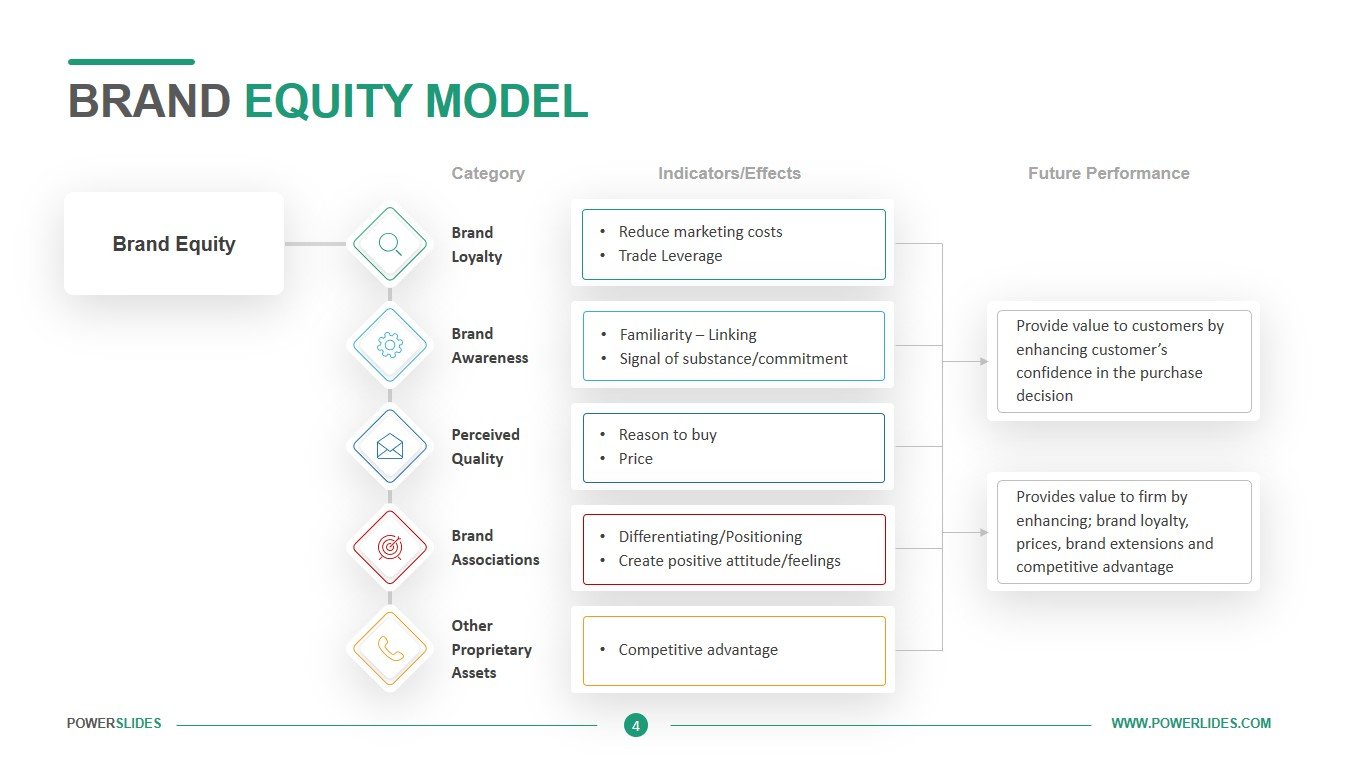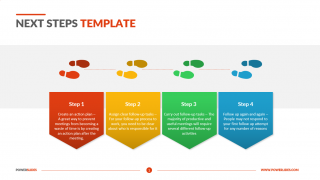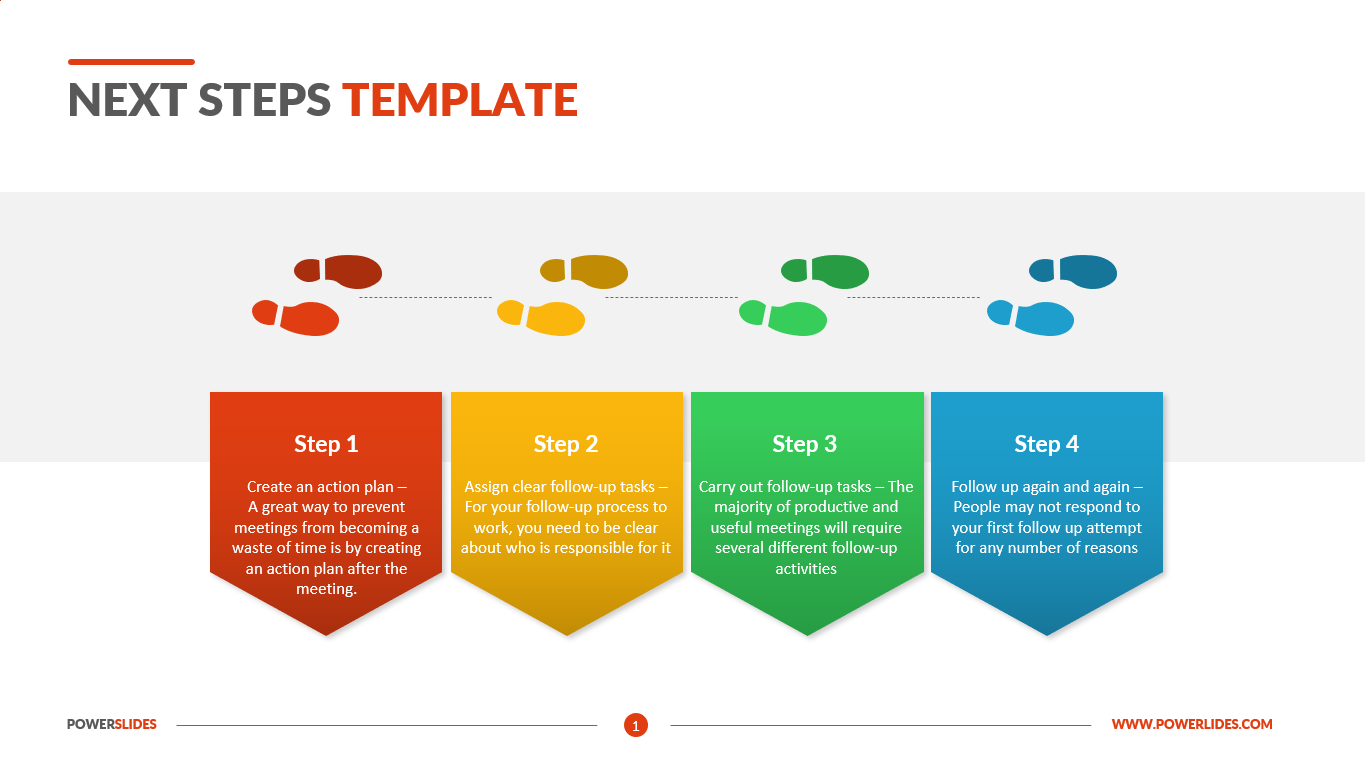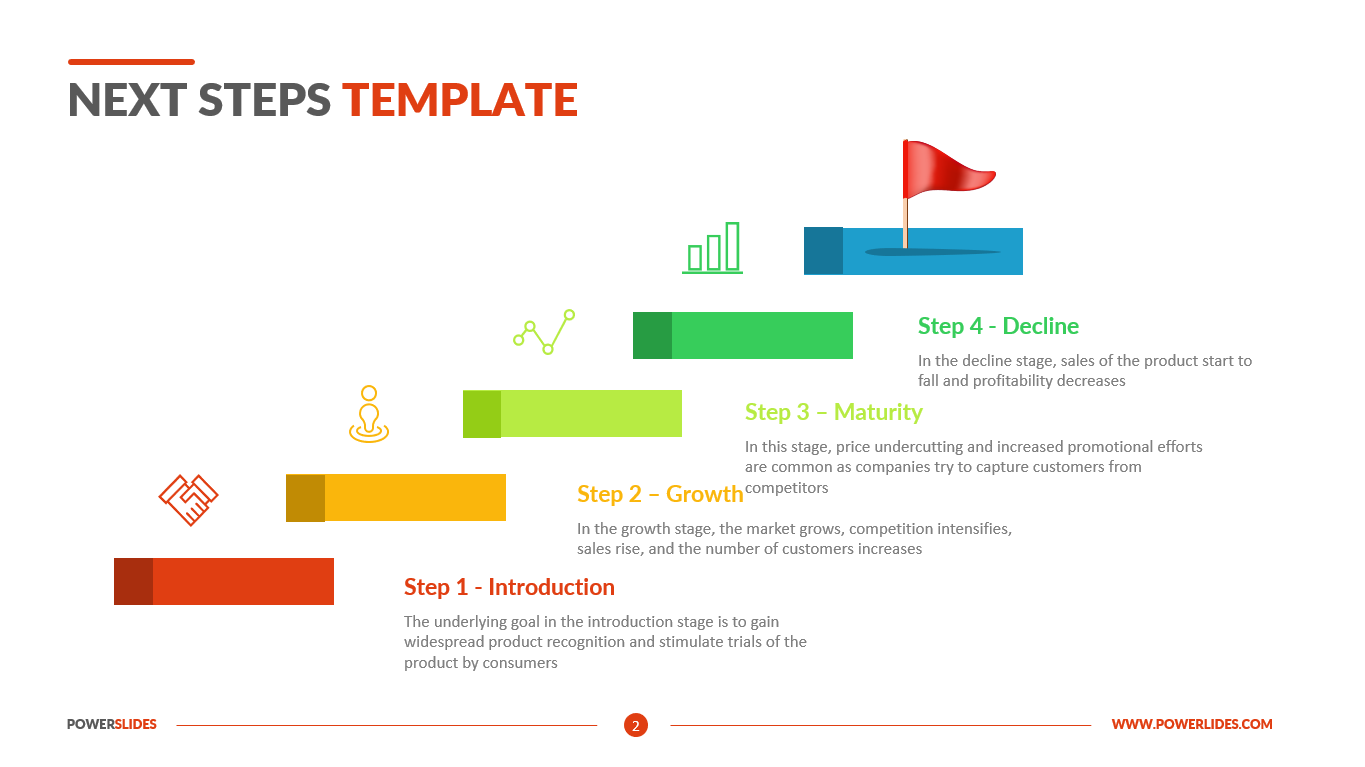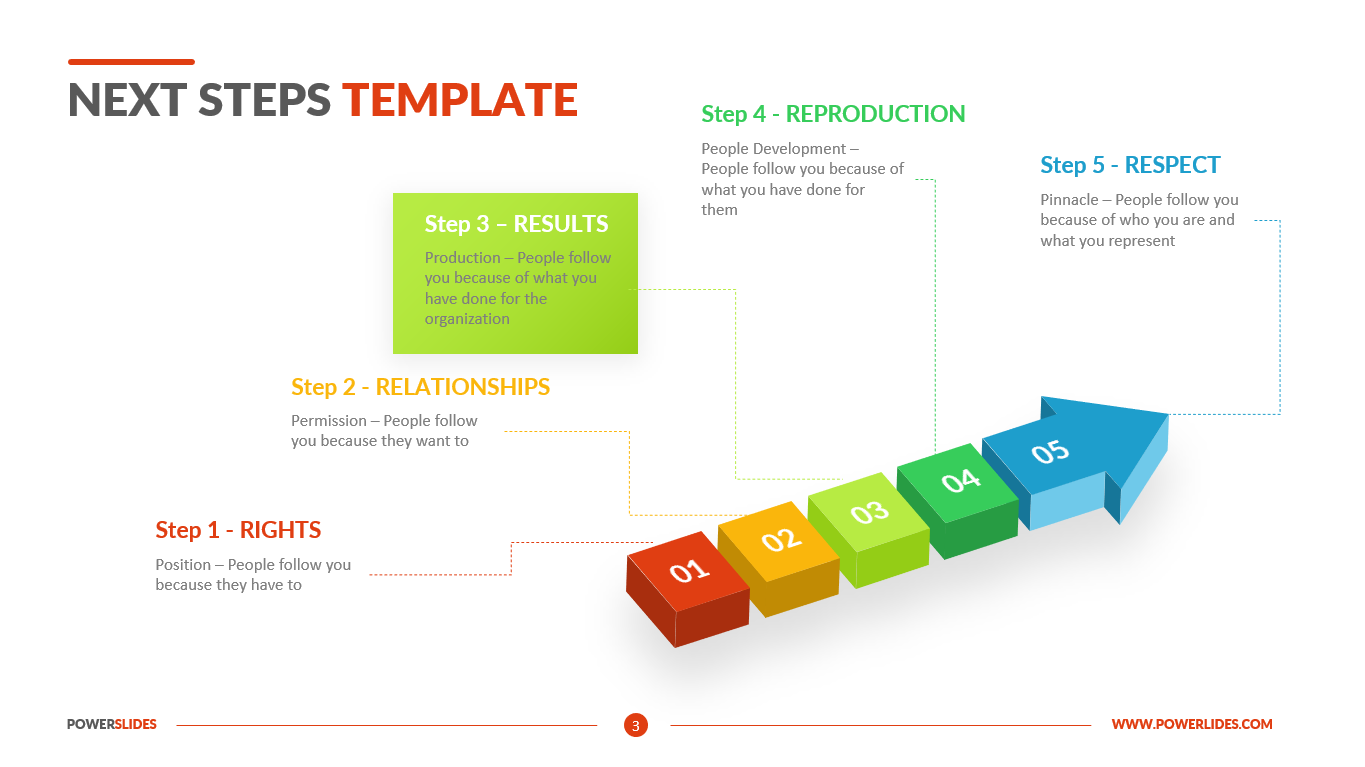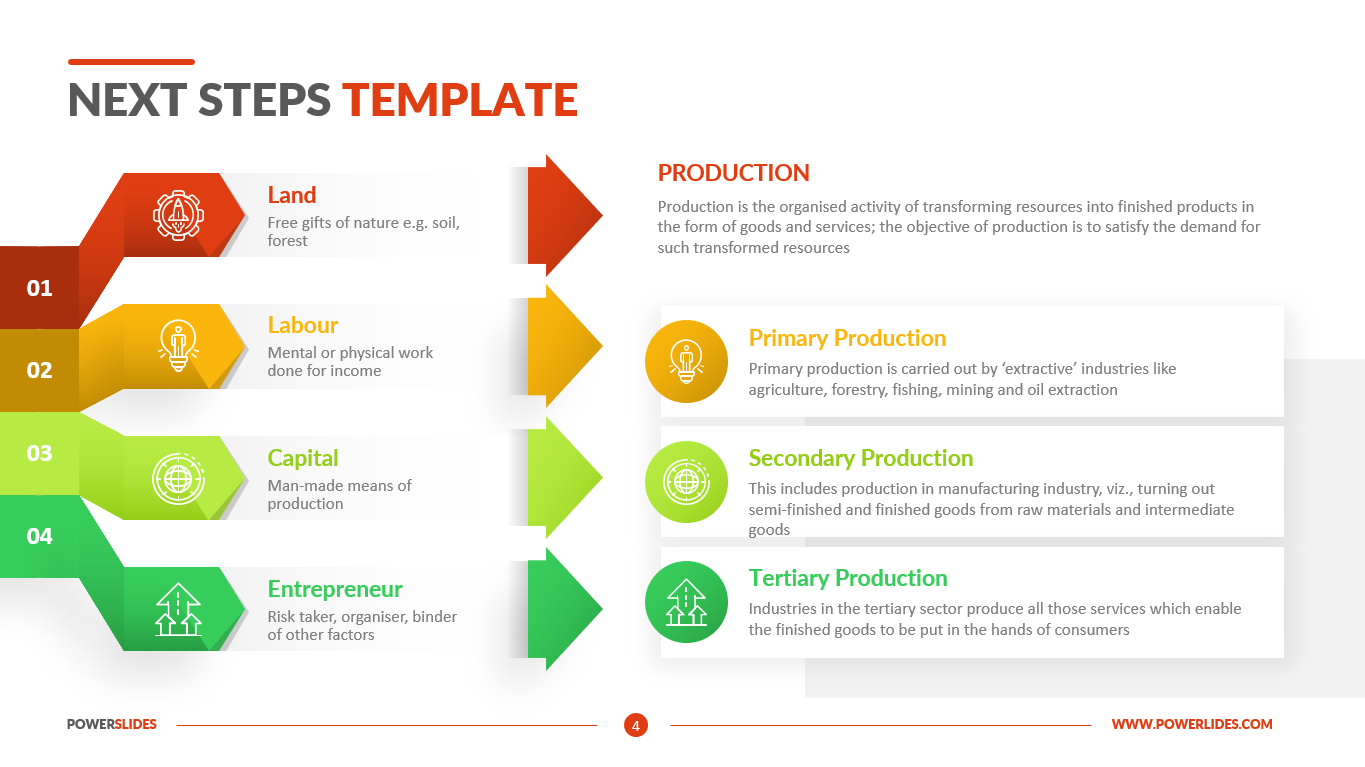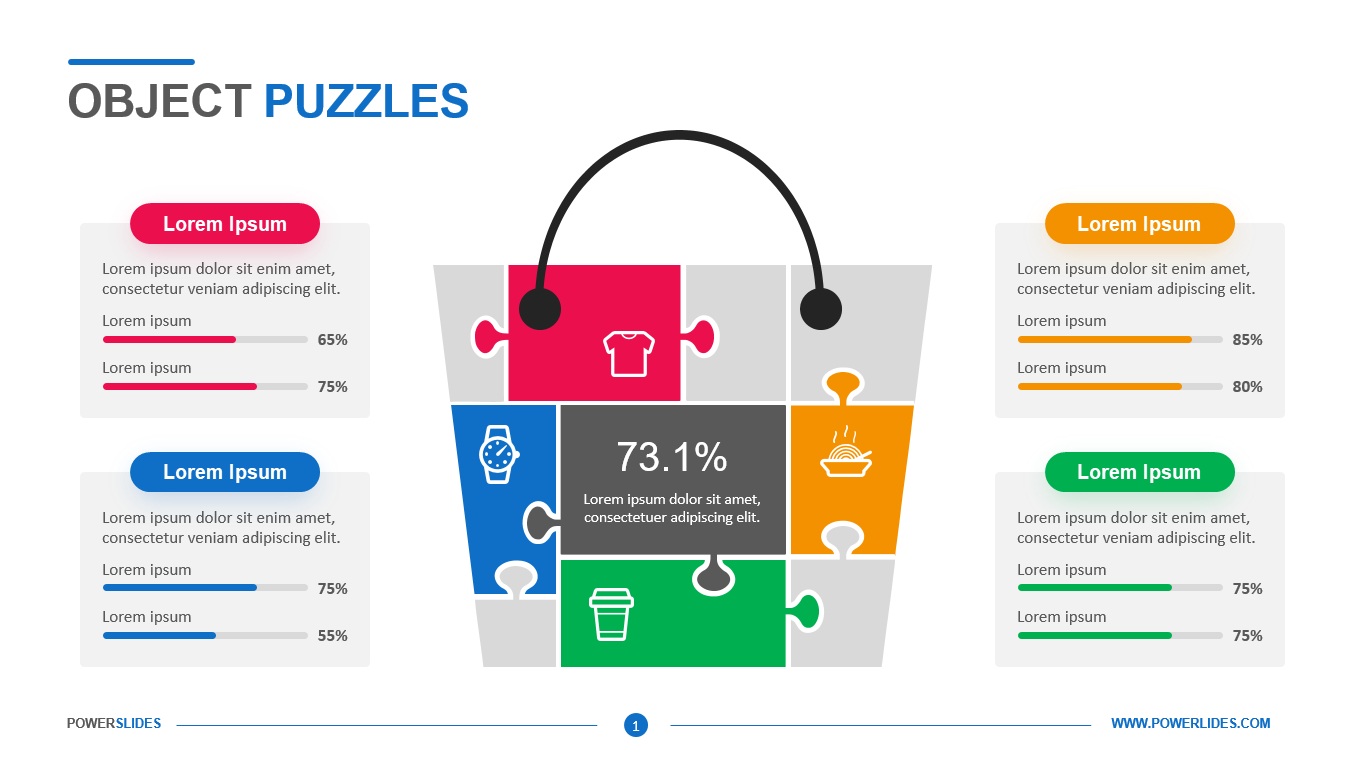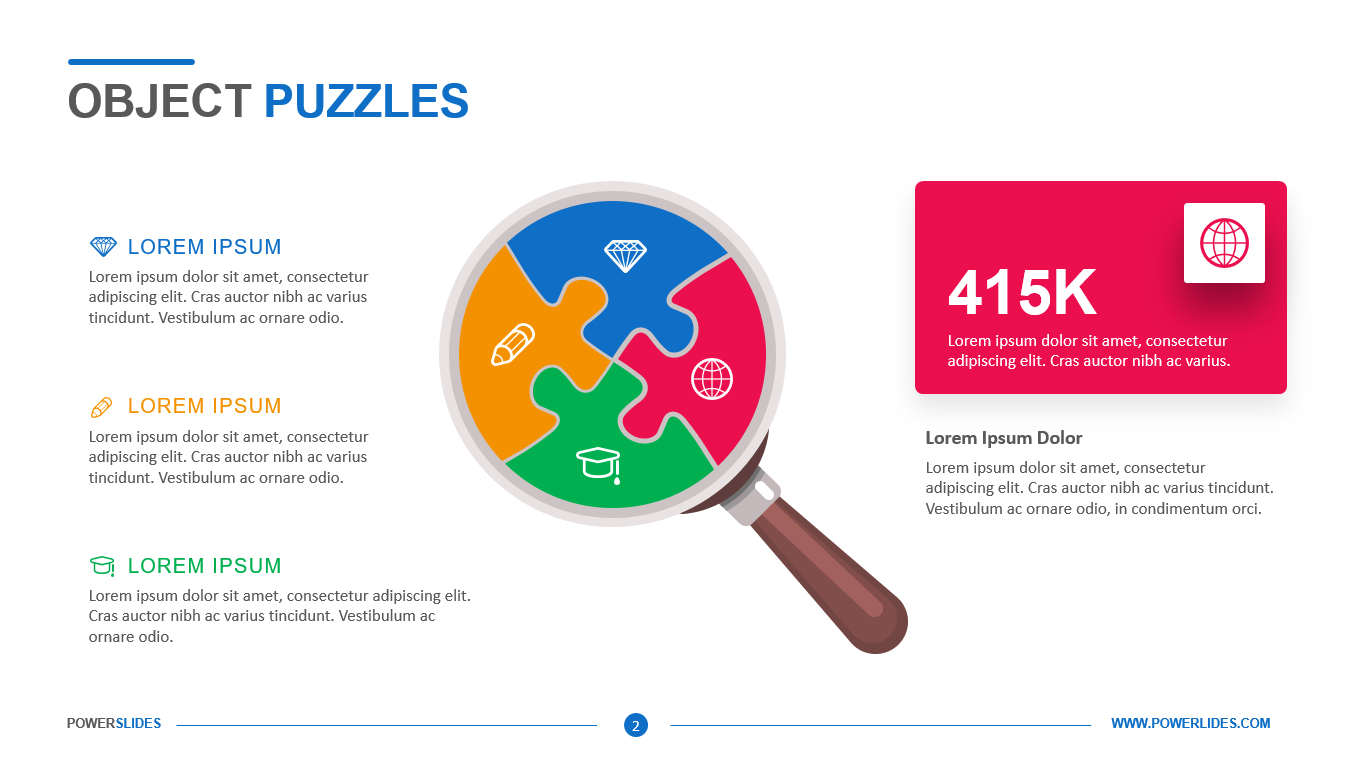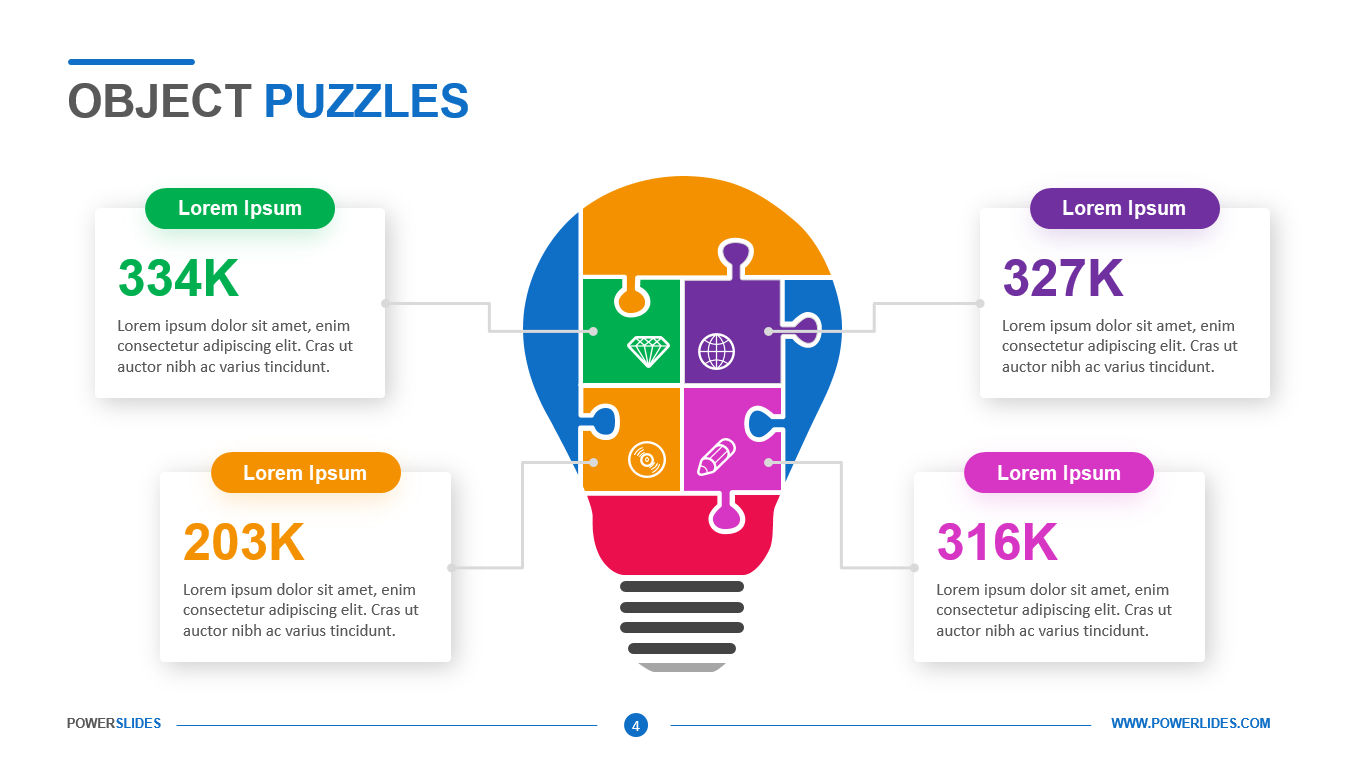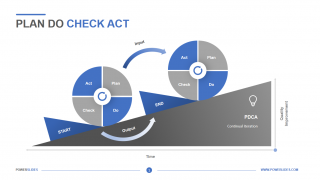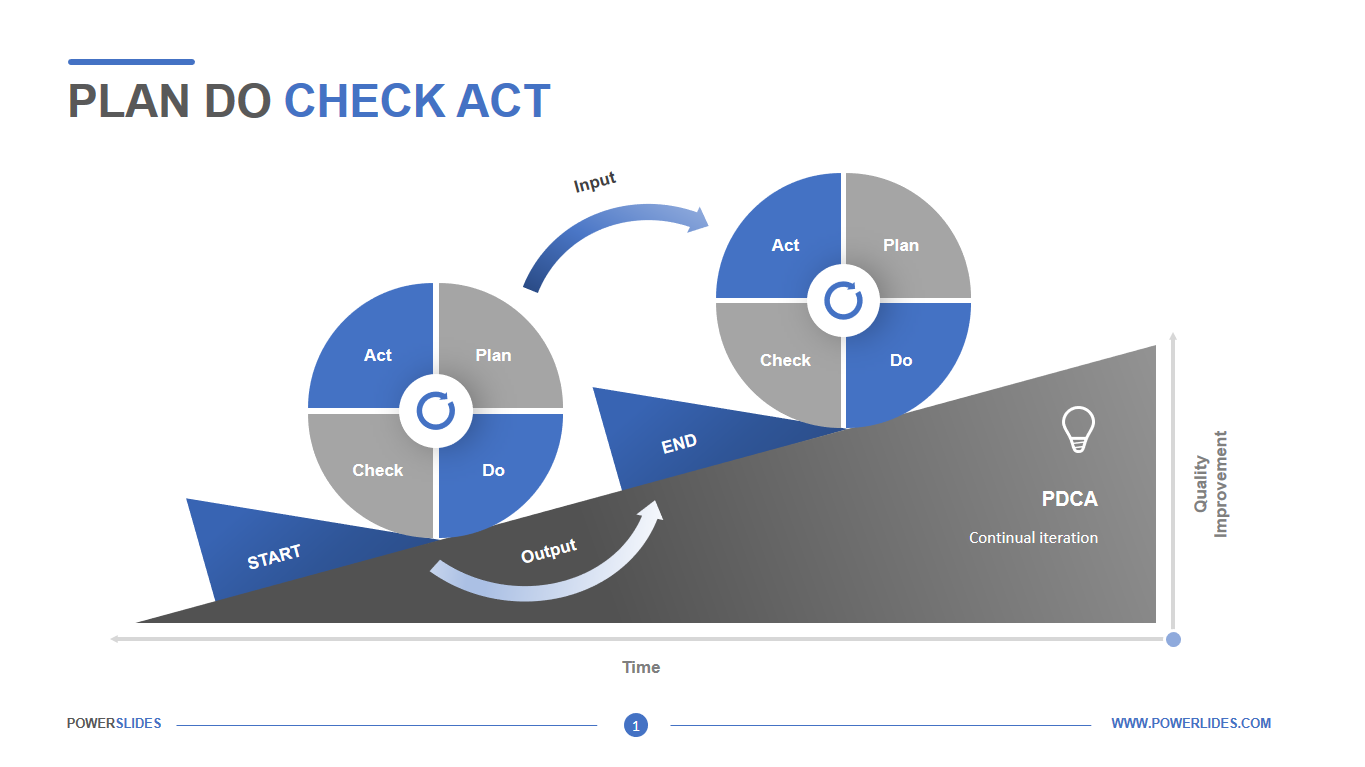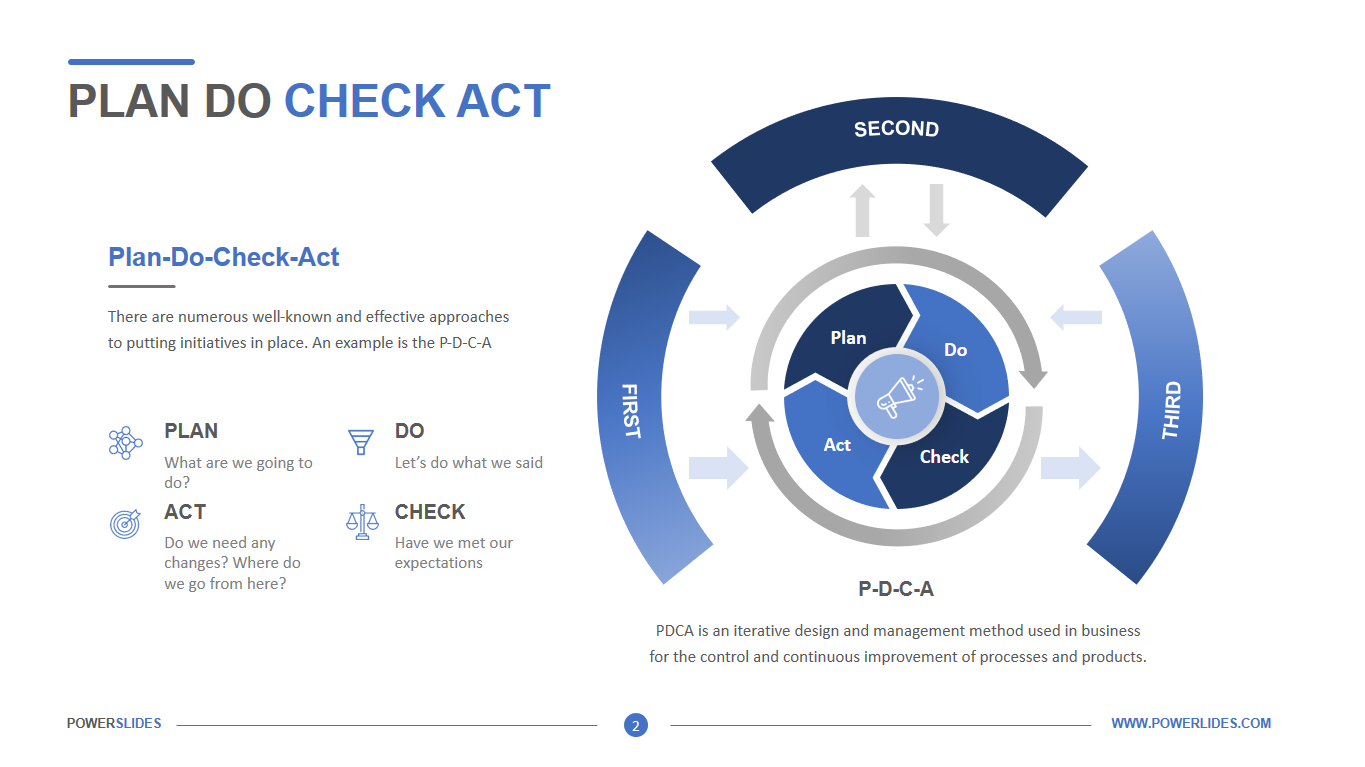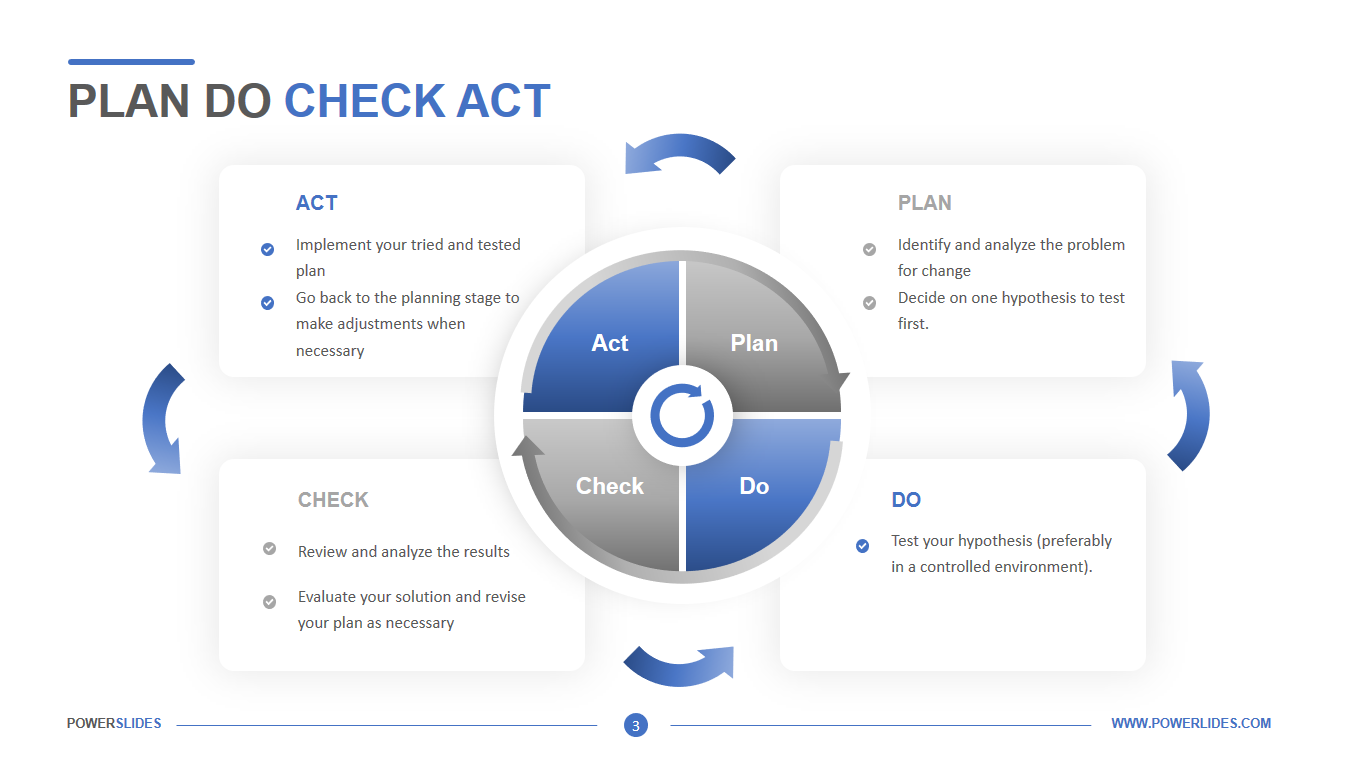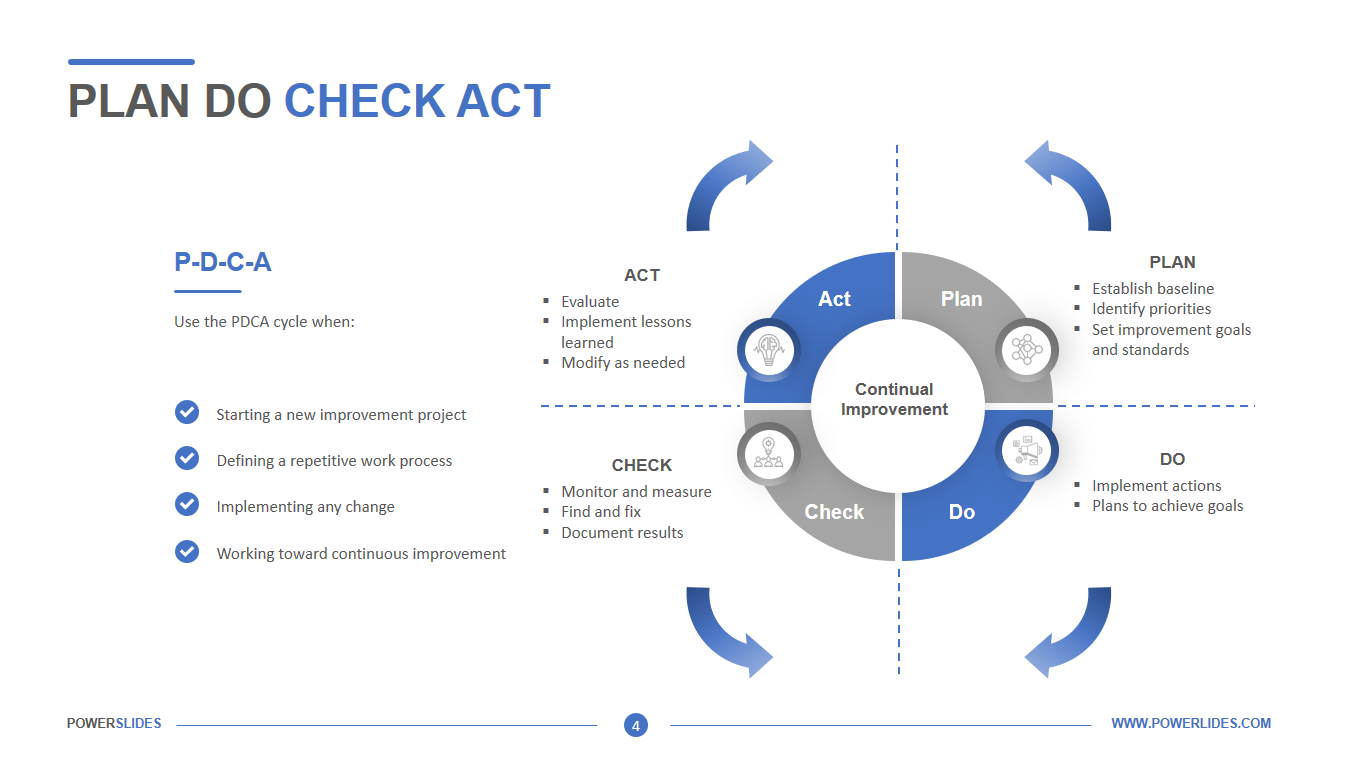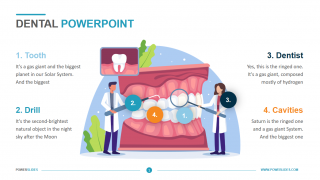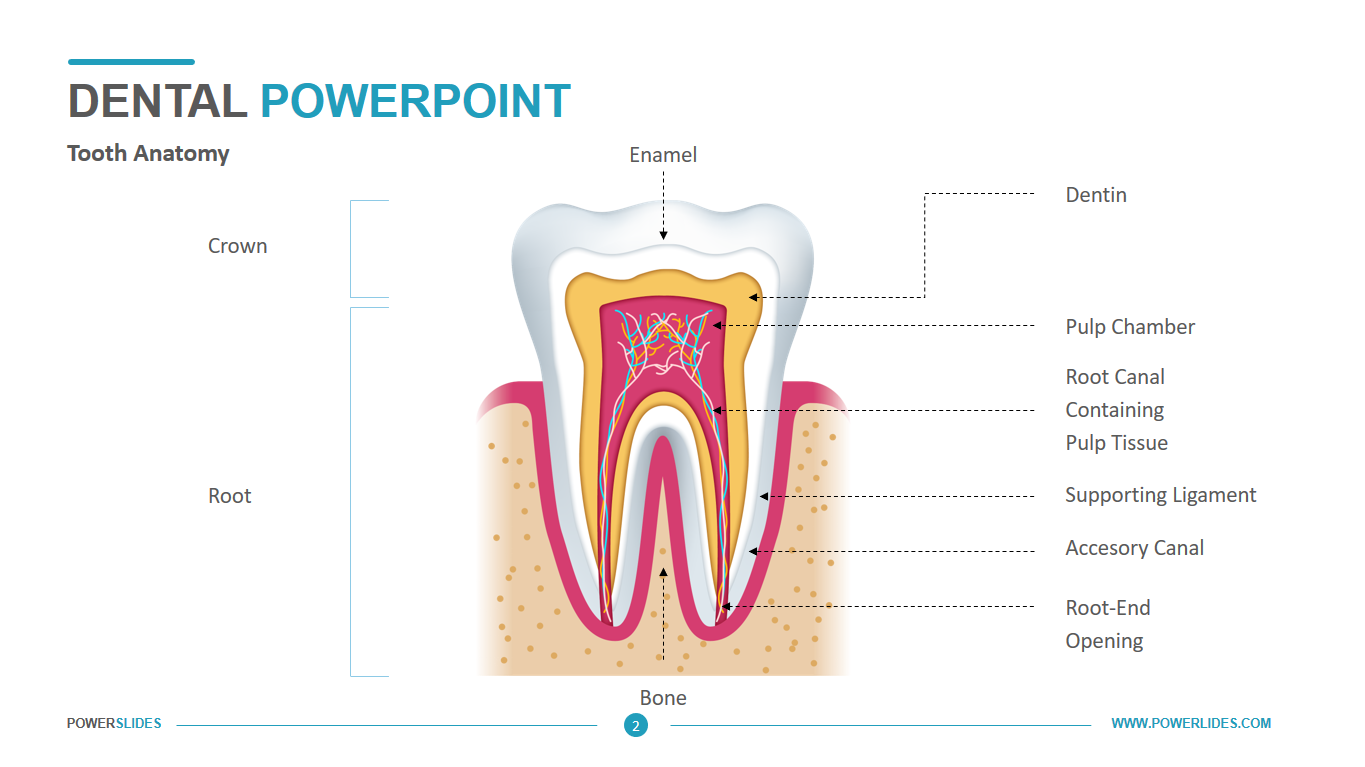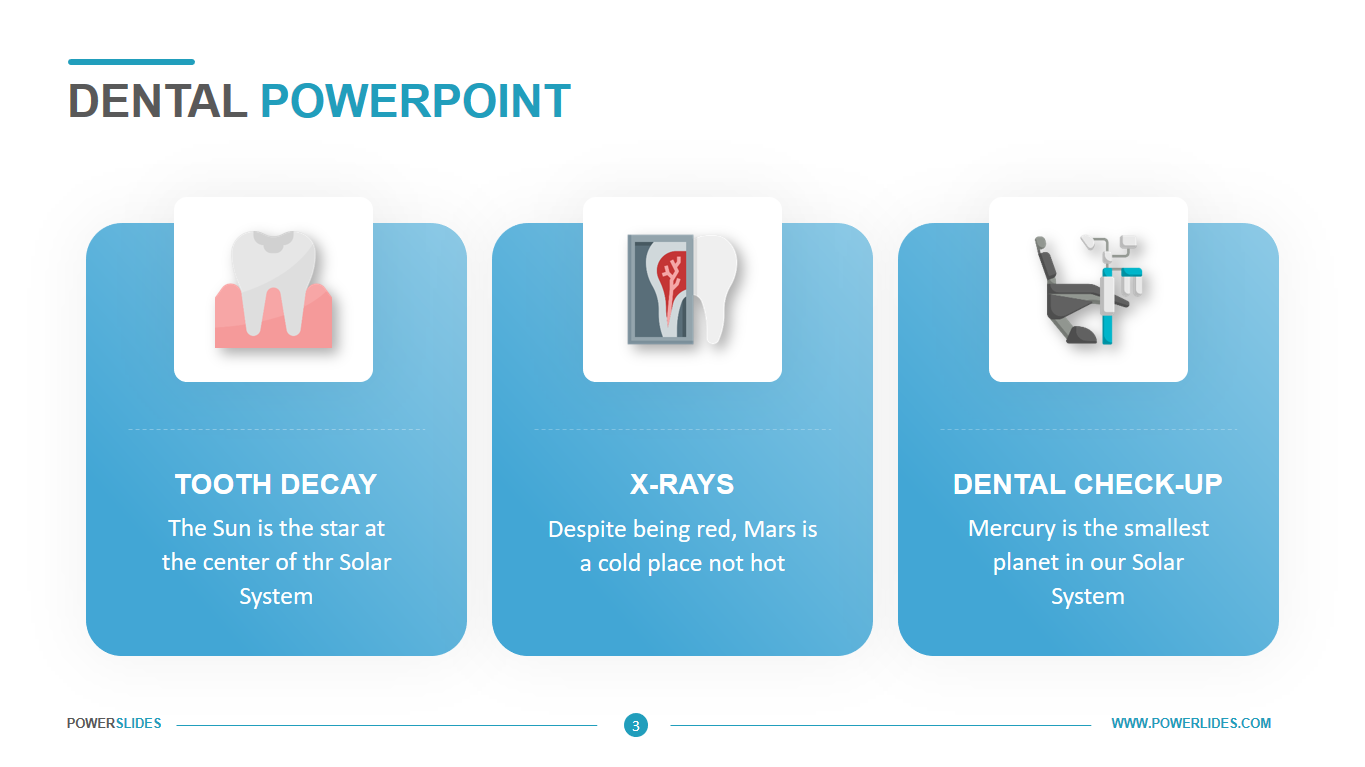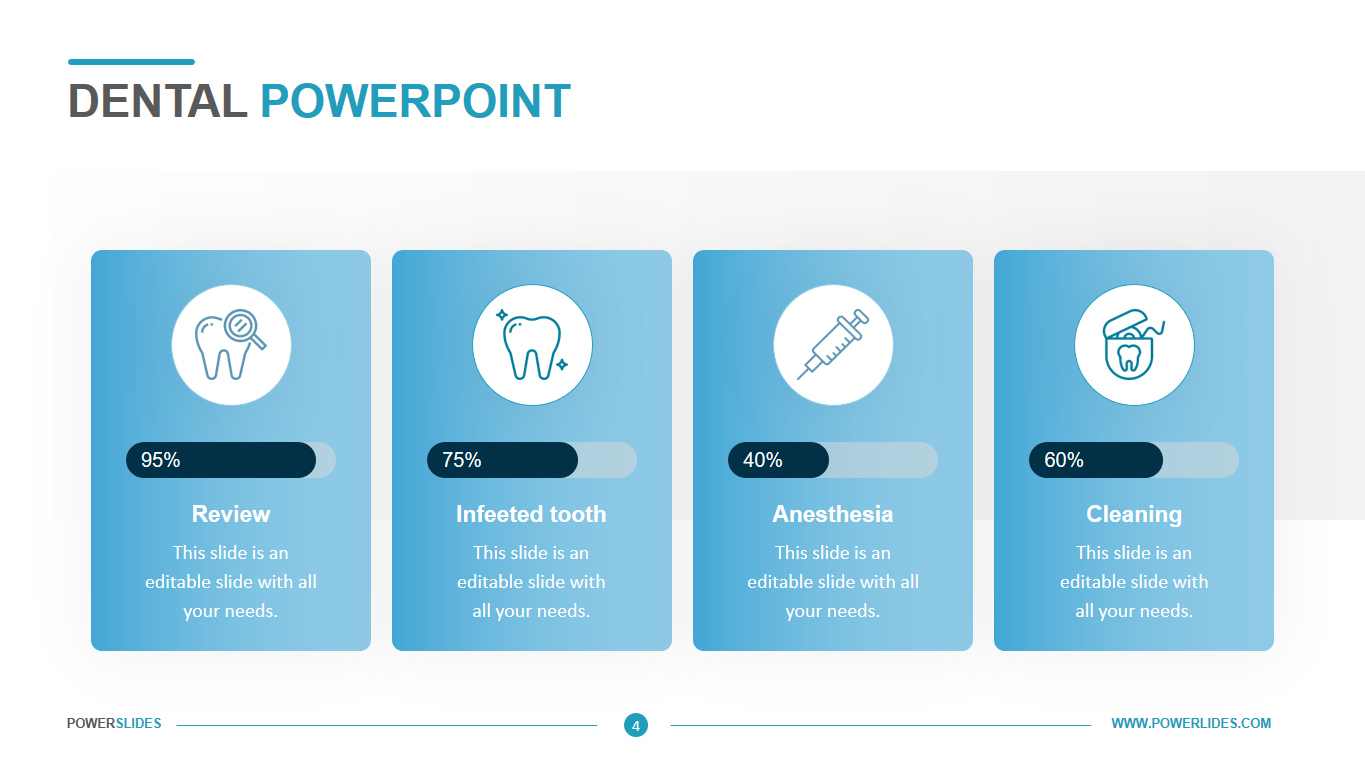Skeleton Template
 4 Slides
4 Slides
 File size: 16:9
File size: 16:9 
 Fonts: Lato Black, Calibri
Fonts: Lato Black, Calibri
 Supported version
PPT 2010, PPT 2013, PPT 2016
Supported version
PPT 2010, PPT 2013, PPT 2016
Product details
Human skeleton, an internal skeleton that serves as a skeleton for the body. This scaffold is made up of many individual bones and cartilage. There are also ligaments of fibrous connective tissue – ligaments and tendons – in close relationship with parts of the skeleton. The human skeleton, like other vertebrates, consists of two main parts, each of which has its own origin, different from the others, and each has certain individual characteristics. This is axial, which includes the spine – the spine – and most of the skull, and the appendicular, which includes the pelvic (femoral) and thoracic (shoulder) girdles, as well as the bones and cartilage of the extremities. If we consider the connection of these skeletal structures with the soft parts of the human body, such as the nervous system, digestive system, respiratory system, cardiovascular system and voluntary muscles of the muscular system, it becomes clear. that the functions of the skeleton are of three different types: support, defence, and movement. Of these functions, support is the most primitive and oldest. The vertebral column, corresponding to the notochord in lower organisms, is the main support of the trunk. The central nervous system is located mainly in the axial skeleton, the brain is well protected by the skull, and the spinal cord by the spine, with the help of bony nerve arches (bone arches that surround the spinal cord) and intermediate ligaments. A distinctive feature of humans in comparison with other mammals is a straight posture. The human body is somewhat like a promenade tower that moves on posts represented by legs. This erect posture brought tremendous benefits, chief among which was freeing up the arms for a variety of purposes. However, erect posture creates a number of mechanical problems, in particular weight-bearing. These problems had to be addressed by adapting the skeletal system. Protecting the heart, lungs, and other organs and structures of the chest is a slightly different problem from that of the central nervous system. These organs, whose function includes movement, expansion and contraction, must have a flexible and resilient protective covering provided by the bony thoracic basket or rib cage.
The skeleton template will be primarily useful for healthcare professionals. You can use this template when preparing disease information for your patients. For example, you can identify joints in the skeleton that require surgery or massage. In addition, this template will be useful for medical teachers when preparing courses on the structure of the human skeleton or its musculoskeletal system. The slides of this template can be used by nutritionists to prepare information for the client about the need to strengthen bones or certain parts of the skeleton. Sports therapists can also use this template when working with athletes. Skeleton Template will organically complement your old medical slides and will be a great addition to your collection of professional templates.





